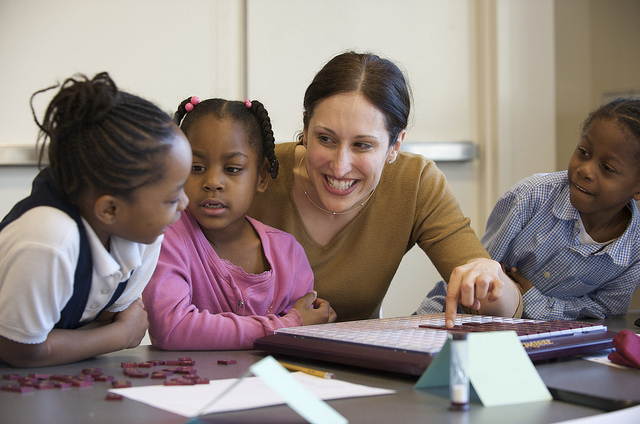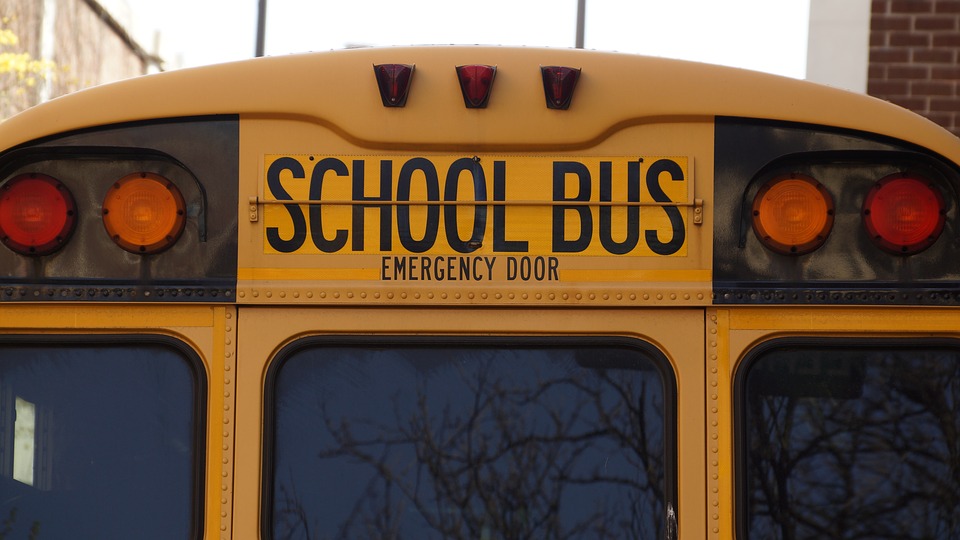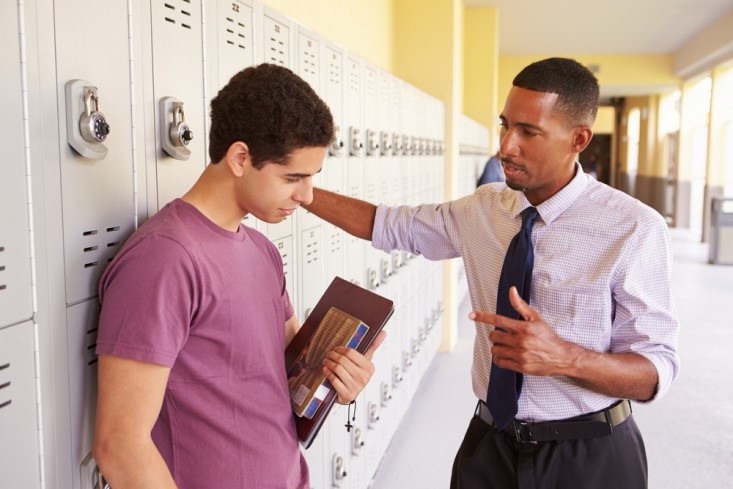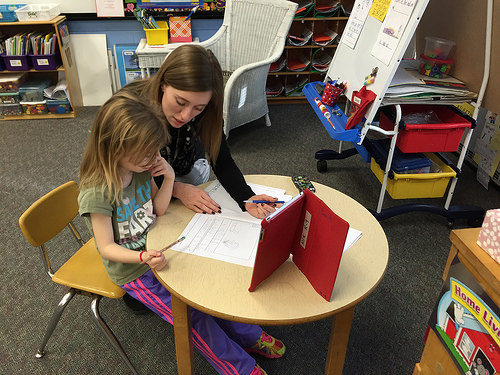Not every student can be well-behaved or have perfect grades. Sometimes, kids can be frustrating and difficult to handle, which can cause adults to give up on them and stop giving them the support they need. However, as tempting as it is to give up on a student, this is something that you should never do. Giving up on a student shows that you lack the determination and hard work needed to make them successful in school.
Why You Should Never Give Up on a Student
Some students need more guidance than others, so it is essential that you do what you can to make sure they don’t go down the wrong path. By helping even the most troublesome kids, you could help them to change their attitude about school entirely. If you don’t continue to help and encourage all students, then you could be setting them up for future failures. If their teachers and trusted adults don’t believe in them anymore, then they won’t see a reason to believe in themselves either. Therefore, you should never give up on a student because you are just letting them know that it’s okay for them to act out and not try since you aren’t doing anything to stop them or help them.
How to Stop Yourself From Giving Up
No matter how much you want to give up on a student, you need to keep trying and allow yourself to get to the root of the problem. Try to be more personal with the students and get to know them better to allow you to better understand what’s going on. If they’re just not understanding something or not wanting to participate, there could be a deeper reason to it, so having you give up on them could only make the situation worse. Treat them like a human being instead of just a misbehaving child. The best way to get to the root of the problem and help a student is to spend one-on-one time with them and try to figure out how to properly help them and connect with them.
Also, you should take away any distractions that could be preventing students from being successful. At school, if a child always sits near others that are distracting and off task, then you should make assigned seats and spend extra time with the student to ensure that they stay on task. At home, if a student is refusing to do homework or go to school, parents can take away electronics or other objects that could be providing distractions from school as well. At first, kids may throw a fit if their distractions are removed, but as upset as they may be, it will help them to focus much better.
Conclusion
Giving up on a student not only shows them that you don’t care enough to help them improve, but it also says that you are not willing to do whatever it takes. Not every student will be easy to teach, but for teachers, parents, and other faculty members, it is essential that kids get the help and support that they need no matter how difficult they are.










